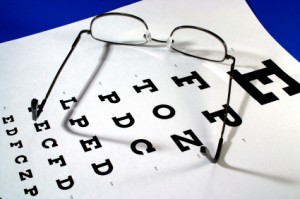 They say we only use 10% of our brains. And I’ve always thought that a ridiculous statement. What is the other 90% doing, cheering it on?
They say we only use 10% of our brains. And I’ve always thought that a ridiculous statement. What is the other 90% doing, cheering it on?
Every cell in our body is serving a purpose or being purposefully served. It’s known that a quarter of our brain is used in processing signals of vision, not merely just the eyes. There are intimate connections between the eyes, upper spine, cerebellum, occipital, parietal and frontal cortices that are all responsible for handling visual acuity.
When there is disturbance in the upper spine, or upper cervical area, this can change the way signals are sent to these different areas of the brain and then one’s vision is not operating at its best. Disturbance in the upper cervical area over time from bumps, falls or stress can lead to poorer vision, near-sightedness or far-sightedness, or a change in visual acuity. Here are two Cases of the Month from our archives on positive changes in vision from upper cervical care: September 2008 and October 2008.
